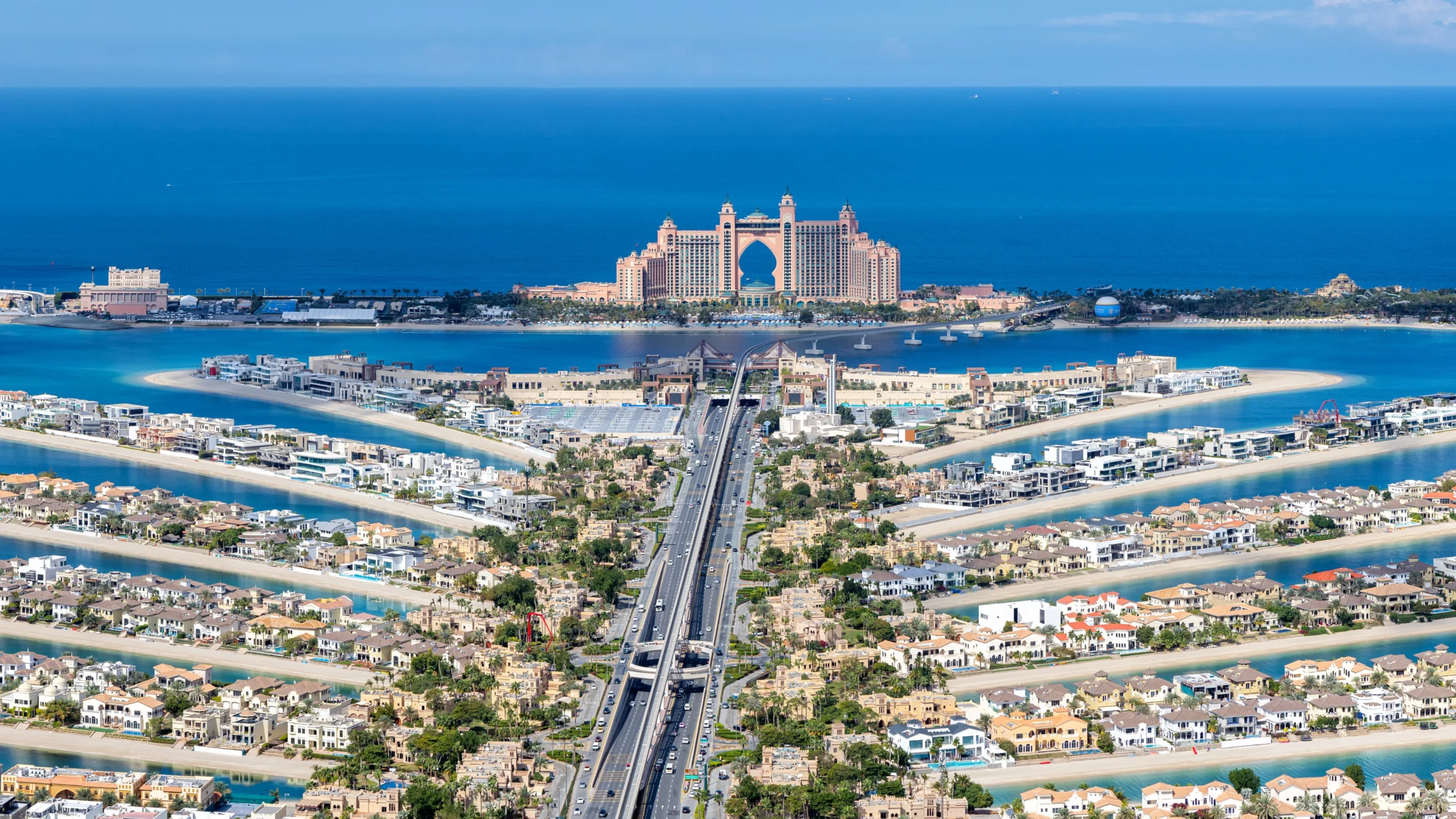Launching a financial services company inside Dubai International Financial Centre is a strategic decision that combines reputational benefits, cross-border reach, and long-term tax certainty. Ambitious founders and global institutions often begin their feasibility analysis with a single question. That question being “how much does the complete licence package truly cost from the first application through the end of year one, and what recurring fees can you expect after?” This article delivers a granular, line-by-line overview that turns breaks down the cost of setting up regulated firms in the DIFC. Alongside the numbers, it explains value drivers such as English-law certainty, professional services depth, as well as banking connectivity that routinely offset a higher initial outlay when compared with free zone or offshore alternatives.
Why regulated firms are willing to pay high costs to set up in DIFC
The Centre’s reputation did not emerge by coincidence. DIFC was designed as a common law enclave, backed by an independent regulator, the Dubai Financial Services Authority, as well as a world class court system that mirrors English commercial courts. Entrepreneurs receive one hundred percent foreign ownership, fifty years of zero percent tax guarantees, and seamless repatriation of capital and profit. Layer in a dense ecosystem of banks, custodians, auditors, fund administrators, and technology vendors, and the DIFC becomes a turnkey launch pad for everything from asset management boutiques to digital asset trading platforms.

Who supervises your licence and why it matters
All regulated activities in the Centre fall under the DFSA rule book. The regulator applies risk-based, proportionate oversight rather than rigid, one-size-fits-all rules, meaning DIFC Category 4 advisory shops face lighter hurdles than Category 1 wholesale banks. This calibrated approach keeps compliance costs aligned with business complexity and allows start-ups to enter at lower categories before scaling into more intensive permissions later. Keep reading to learn more about the cost of setting up regulated firms in the DIFC, as well as what comes with it.

Core statutory fees you cannot avoid
Every potential licensee shoulders two unavoidable fee streams: DFSA authorisation charges and DIFC Registrar of Companies incorporations fees.
DFSA application fees
These fees begin at roughly fifteen-thousand United States dollars for a basic Category 4 advisory licence. This amount covers the regulator’s internal review, fit-and-proper assessments of senior officers, and discussions around your proposed control framework. If you request multiple high-risk permissions, such as custody, client-money handling, or fund management, the figure rises because each additional activity carries a separate review charge.
DFSA annual licence fees
These mirror application tiers. A Category 4 firm pays another fifteen-thousand dollars each calendar year, while Category 3C fund-custody businesses or Category 3D payment institutions can expect twenty-five to fifty-thousand dollars annually, depending on transaction volumes.
Registrar of Companies fees
These apply regardless of your regulatory category. A one-off name reservation stands at eight-hundred dollars. Incorporation of a Private Company Limited by Shares costs eight-thousand dollars, and the initial commercial licence is currently twelve-thousand dollars per annum. These figures are standardised, so the only real variability comes from whether you prefer a Limited Liability Partnership, which has similar pricing.
Data-protection registration
This registration is is mandatory because the DIFC operates its own GDPR-style regime. Start-ups pay five-hundred dollars for year one, then two-hundred fifty dollars each year thereafter.
Office leasing: The most variable and frequently misunderstood component
Regulated entities must maintain a “mind and management” presence inside the Centre. The regulator will not grant an approval if you attempt a brass-plate arrangement. That said, the DIFC offers multiple real-estate options that transform costs dramatically:
Co-working suites
Co-working suites in the DIFC Business Centre or one of several venture hubs start at roughly twenty-seven-thousand dollars for a single two-desk unit. These plug-and-play packages include postal address, meeting-room credits, and access to the Gate District’s amenities. They comply with DFSA expectations for small advisory firms, fintech sandboxes, or fund managers in year one.
Fitted offices
Fitted offices range from fifty-five dollars per square foot in the Gate, Central Park Towers, and ICD Brookfield Place to slightly lower figures in surrounding structures such as Currency House. A twenty-person firm might lease fifteen-hundred square feet, translating to eighty-two-thousand dollars annually plus service charges.
Hybrid models
Hybrid models permit founders to begin in a desk pod, then upgrade when their team size or client-facing activity justifies private premises. This scalability keeps overhead aligned with revenue growth and prevents overcapacity in the first twelve months of operations.
Our working hours: Monday to Friday, 9 AM – 6 PM GMT+4
Immigration and visa packages: More than a “per visa” cost
The General Directorate of Residency and Foreigners Affairs issues establishment cards to every DIFC company. An establishment card costs about six-hundred thirty dollars and permits your firm to apply for employment visas through the Centre’s government-services counter. A mandatory personnel-sponsorship deposit of roughly six-hundred eighty dollars sits with the DIFC as a guarantee of repatriation obligations. Every individual visa then commands government fees in the fifteen-hundred-dollar range plus medical tests and Emirates ID issuance.
The number of visas granted correlates with your leased square footage, roughly eighty square feet per employee. If you choose a two-desk Business Centre package, you can usually secure up to four visas, enabling the founder, a senior executive officer, a compliance officer, and a junior analyst to operate legitimately.
One-time hidden expenditures new licensees overlook
Certain costs rarely appear on marketing brochures but surface during the authorisation journey:
- Professional indemnity insurance is compulsory for many categories. Premiums depend on activity lines, AUM, or payment volume but often start around five-thousand dollars annually for a boutique advisory house.
- External-auditor confirmation letters are a prerequisite to licence issuance. A recognised DIFC auditor charges onboarding fees that can reach ten-thousand dollars, especially if your financial-statements preparation requires guidance.
- Cyber-security penetration testing has become a de-facto DFSA expectation for fintech or payment businesses. An independent test costs three- to eight-thousand dollars, depending on network complexity.
- Bank-account opening deposits vary from zero to one-hundred-thousand dollars, depending on which local or international bank you select. Although not a DIFC fee, the deposit ties up liquidity.
Estimating total year-one spend: A realistic scenario
Assume a Category 4 wealth-advisory firm with three employees, a Business Centre desk, and straightforward compliance needs. Statutory incorporation and regulatory fees land near fifty-three-thousand dollars. Add twenty-seven-thousand for the co-working lease, roughly ten-thousand in immigration and visa charges, five-thousand in insurance, and eight-thousand for auditor onboarding. The realistic year-one bill climbs toward one-hundred-three-thousand dollars.
"Working capital must also cover salaries, marketing, and technology licences, but those are management choices rather than statutory obligations."
Budget escalators as your licence matures
Year two introduces a shift in cost composition. DFSA licence renewals remain fixed yet predictable. Office rent may rise if you step into private premises. Staff headcount triggers higher visa and employee-benefit spending, particularly once you enrol your team into the DIFC Employee Workplace Savings Plan, known as DEWS. Regulatory filings, surveillance tools, and risk-management systems also grow, nudging compliance overhead upward. However, capital-adequacy requirements calculated as thirteen-fifty-seconds of projected annual expenditure mean that expense expansion must be matched by a corresponding increase in shareholders’ equity or subordinated funding.
Comparing DIFC economics with regional and offshore alternatives
Founders sometimes contrast DIFC numbers with zero-tax free-zones in Ras Al Khaimah or global offshore centres such as Cayman Islands. Those venues indeed charge less for incorporation. Nevertheless, Cayman entities must still appoint Cayman-based directors, local administrator, and audit firm, pushing total spend higher than the registration leaflet suggests. Ras Al Khaimah licences often struggle to open credible international bank accounts. DIFC’s value proposition therefore relies on cost-to-credibility ratio: slightly higher fees purchase regulatory heft, English-law governance, and direct passporting into GCC capital markets under local marketing rules.
Choosing the right licence category from the outset
A cost-conscious founder could file for a Category 4 advisory permission rather than DIFC Category 3C custodian status, then upgrade later. The DFSA accepts such phased journeys, but each up-scaling attracts a fresh application fee and new capital-adequacy thresholds. Careful planning avoids multiple fee cycles and prevents brand-dilution from interim restrictions. Engaging an experienced DIFC structuring adviser early helps define an optimal path that balances immediate affordability with medium-term ambition.
Get the most relevant information about business life in Dubai
Key advantages that offset the cost curve
Even with a six-figure year-one bill, DIFC foundations and vehicles often deliver outsized benefits:
Banking access
Local and international lenders actively solicit DIFC clients, easing operating-account setup.
Estate-planning flexibility
The DIFC Wills and Probate Registry lets founders ring-fence global assets under common-law succession rules.
Fund-raising credibility
Institutional investors prefer a DFSA-regulated counter-party when entrusting discretionary mandates, thereby enlarging your potential client base.
Regulatory continuity
A DIFC licence simplifies later expansion into neighbouring centres such as the Abu Dhabi Global Market. Consistency across reporting standards curbs long-term compliance duplication.
Financing the equity buffer: Practical tips
Because expense-based capital is thirteen-fifty-seconds of annual operating costs, many SMEs front-load their business plan with conservative expenditure expectations to keep capital requirements manageable. Yet the DFSA will test those projections against commercial reality. If they appear artificially low, the regulator may insist on revised numbers.
"A pragmatic technique involves staging technology investments or outsourcing certain functions, thereby achieving authentic cost control without jeopardising launch readiness."

Leveraging Aston VIP for a frictionless journey
While statutory fees remain fixed, advisory efficiency can lower opportunity cost. Aston VIP uses a three-stage methodology, design, licence, operate, that compresses the typical nine-month timeline into as little as sixteen weeks for straightforward categories. Our team drafts regulatory business plans, financial-projection models, and bespoke compliance manuals, sparing founders hundreds of labour hours. We also second authorised individuals, assist with bank-account introductions, and guide office-space negotiations, ensuring every cost line is forecast accurately before you sign a single government form.
Sustaining compliance without inflating payroll
Once operational, many SMEs face a dilemma: hire a full-time compliance officer at eight-thousand dollars per month or outsource to a consultancy. Aston VIP’s outsourced compliance framework blends monthly advisory calls, on-site inspections, regulatory reporting, and DFSA liaison into a single predictable retainer.

-
Ongoing expenses rise with company growth due to DFSA capital adequacy requirements, staff benefits like DEWS, and larger premises or tech investments.
-
Compared to offshore centres like Cayman or RAK, DIFC offers better bank access, investor confidence, and fund-raising potential due to its credibility and legal transparency.
-
Aston VIP helps firms reduce launch timelines and manage cost predictability through a three-stage advisory model and outsourced compliance services tailored for DFSA-regulated companies.
Closing words
Establishing a DFSA-licensed entity is neither a bargain-basement exercise nor an opaque black-box process. Statutory outlays, real-estate commitments, immigration stamps, and professional-services fees are all visible, calculable, and controllable once founders work through each line calmly. The critical insight is that cost alone should not dictate jurisdictional choice. When measured against an English-law court system, irreproachable regulatory status, and access to the Middle East’s deepest capital pool, the DIFC’s price tag emerges as rational, even economical, in the long term. Entrepreneurs who integrate these numbers into a wider value narrative will discover that the Centre’s total-cost-of-ownership frequently compares favourably with lower-fee yet low-credibility alternatives.
Aston VIP: From first numbers to long-term operational success
If you are planning to apply for a DFSA licence, restructure an existing offshore business into the Centre, or simply benchmark DIFC against ADGM, contact Aston VIP’s regulatory-strategy desk. Our specialists provide complimentary scoping calls, indicative budgeting sheets, and a phased timeline that shows exactly when each dollar leaves your account. Move forward with certainty, knowing you have a partner who understands both the arithmetic and the strategic upside of operating in the region’s flagship financial hub.
For a personalised discussion, reach us through the contact page and transform your regulatory vision into a viable, cost-efficient DIFC presence.












